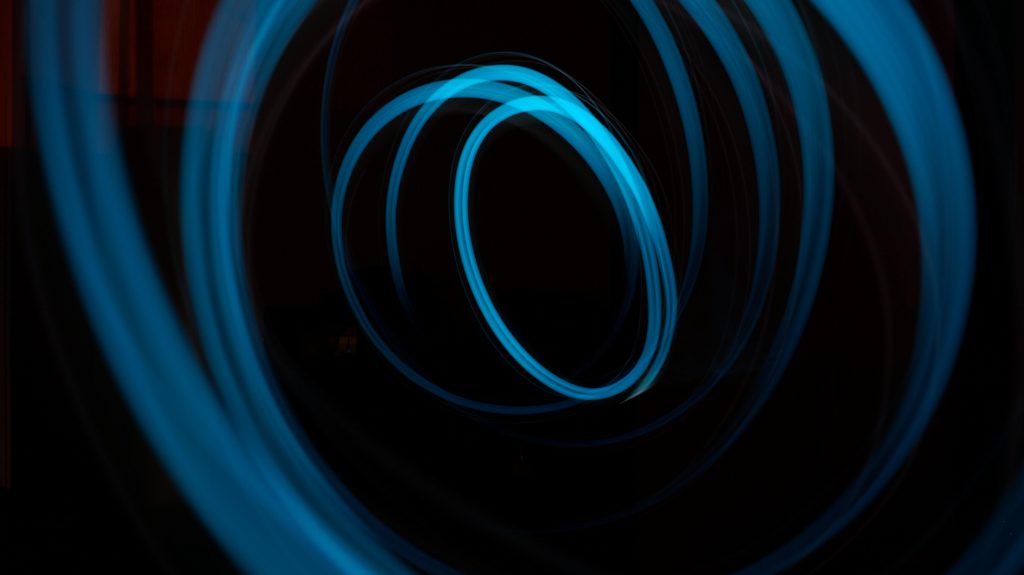
Eat Your: Chicken
When committing to a fitness style diet plan, one of the first things you may be told is to start eating chicken. The baked-chicken-for-dinner-every-night stereotype


Mitochondria are the powerhouses of your cell. Think of them as the diesel generators of your metabolism. These are actually small bacteria that were captured billions of years ago in order to make your cells (the parts with the nucleus) able to withstand oxygen and utilize it. Inside the mitochondria is the raging inferno of oxidation- oxygen and sugar are burning to make H+ (acid). As the acid escapes the mitochondria, it activates a rotor-like protein that turns to make ATP from ADP, creating cellular energy. Think of ATP as a fully charged battery and the mitochondria as the recharging station. ATP is used by all of the machinery of the cell to get the job done and move important fuel and oxygen into the cell while dumping waste outside, keeping everything in balance.
Much like a diesel generator, there is a pollution problem with mitochondria. Like smoke, free radicals are emitted all of the time as the mitochondria work. If mitochondria get strained to their limits, the result is inefficient combustion; like burning a rich mix (too much fuel, not enough oxygen) in an engine. When mitochondria burn rich or lean, efficiency goes down, and pollution goes up. When you push your mitochondria resources to the limit, you cause more and more free radicals to form, and these can harm the mitochondria as well as the cell that surrounds it. The free radicals that escape the mitochondria have nowhere to go but into the cell cytoplasm that surrounds them, where they disrupt normal cell function.
Keeping mitochondria wastes from damaging your cell components requires reducing power- a source of electrons. Normally, the chemical antioxidants in our bodies are adequate to mop up most of the damage that free radicals cause. However, we know that extremely hard workouts can cause excess free radicals that overwhelm the cleanup mechanisms of the cell. Endurance is kept in check by the need to prevent over-exertion, and as we have optimized and broken records, we have pushed against the limits of what the pumps in the cell can transport in and out. We have reached the limits of cellular machinery and molecular traffic jams now define the upper end of human performance. Only with some other source of electrons and reducing power can we push beyond these boundaries.
Heliopatch offers the next level of performance enhancement. Instead of relying on the usual molecular motion dependent mechanisms, Heliopatch delivers electrons through the extracellular matrix directly to the cells under the greatest strain. Even in the absence of blood flow and lymphatic movement, the electrons can flow through and past all of the usual blockades. Once they get into the cell, they neutralize free radicals and make cleanup more immediate. There are no waste products to be exported from the cell after an electron neutralizes a free radical. A hydroxyl radical HO• is converted into a harmless hydroxide ion HO- (base). This is an alkalizing effect and when it joins with an H+ (acid) the result is water. Since the mitochondria makes ATP using the proton gradient (more H+ inside the mitochondria and less H+ inside the cytoplasm), this neutralization of acid in the cell cytoplasm could enhance mitochondrial efficiency by taking some H+ out of the cytoplasm and making the mitochondria more efficient. The results are potent and lead to a new level of cellular potential.

When committing to a fitness style diet plan, one of the first things you may be told is to start eating chicken. The baked-chicken-for-dinner-every-night stereotype

Every athlete has their idols. The person they saw on TV as a kid and thought, “That’s who I want to be.” For

